Forerunners of the "fur seals"
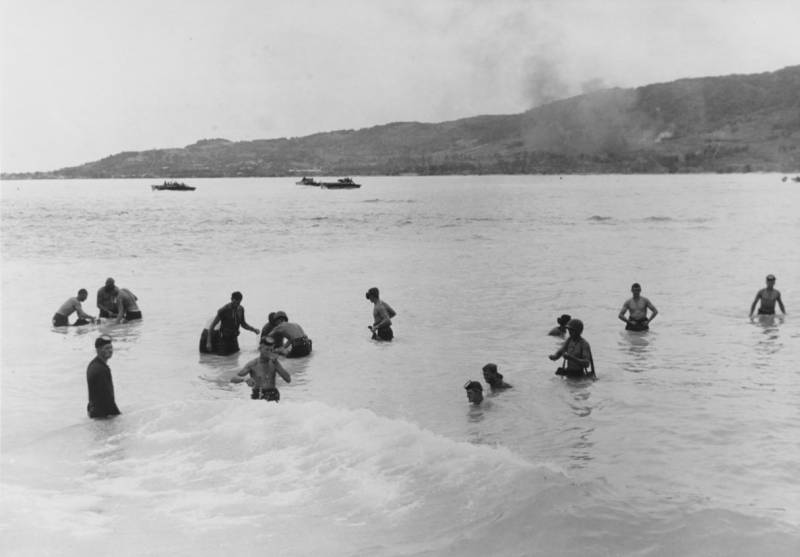
Fighters of the UDT team work on the reef during the landing on Saipan in June 1944, photo: www.history.navy.mil
"Navy Seals" is the traditional Russian-language name for the US Navy SEALs. The name of the special forces is an acronym made up of three words: Sea, Air, Land. The acronym fully reveals the essence of the special forces, the soldiers of which must equally effectively perform combat missions in all environments. In this case, the word seals is translated from English as "seals" or "fur seals". The latter option is also entrenched in Russian-language literature.
The special unit began to form only in 1962. It is believed that after the meeting of the Committee of the Chiefs of Staff of the US Army, an analytical note came to the table of US President John F. Kennedy. The note substantiated the creation of a special unit within the American Navy, which would carry out sabotage and counter-guerrilla activities in the territory controlled by the conditional enemy.
The president, who himself had the combat experience of World War II, supported the idea. As the commander of the PT-109 torpedo boat in the Pacific Ocean, Kennedy was well aware of the value of even small units. He believed that a well-trained David was able to defeat Goliath. The idea of creating SEALs was given the green light, and in the same 1962, the formation of the first detachments of "fur seals" began in the United States.
For American fleet this was not the first special unit.
Even during the Second World War, underwater demolition teams UDT (Underwater Demolition Team) appeared in the fleet. The appearance of such detachments was predetermined by the nature of the military operations of the American army and navy.
It was the UDTs that became the forerunners of the SEALs teams.
Prerequisites for creating UDT commands
As in the First World War, the United States was reliably separated from the main battles in the European Theater of Operations by the Atlantic Ocean. At the same time, sooner or later, a country that entered the war on the side of the USSR and Great Britain had to land its troops on the continent.
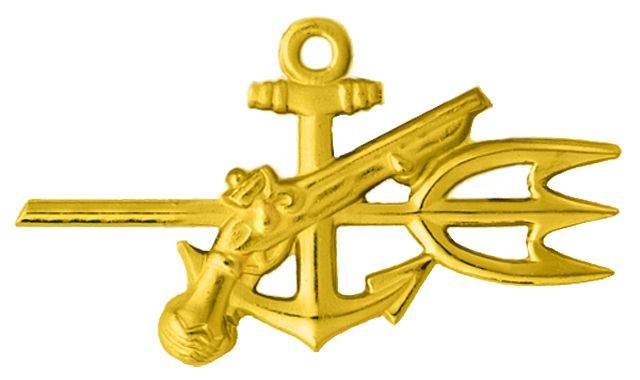
Demoman officer insignia, image: wikimedia.org
At the same time, another front in the Pacific opened for the United States in World War II. It was the Japanese attack on the base of the US Pacific Fleet at Pearl Harbor on December 7, 1941 that became the formal reason for the US entry into World War II. The theater of operations in the Pacific Ocean involved the use of the fleet and a series of amphibious operations with landing on numerous islands.
American generals and admirals understood that a series of landing operations would be required for a successful war with Hitlerite Germany and its allies in Europe and North Africa, as well as with the Japanese in the Pacific Ocean. At the same time, any amphibious operation should have been preceded by serious preliminary preparation. The Americans very quickly became convinced of this, having suffered significant losses in a number of landings.
In addition, in the pre-war years, American officers conducted a study of the problems and difficulties encountered by the Entente countries during the landing on the Gallipoli Peninsula during the Dardanelles operation during the First World War. This experience was also taken into account when working out the operations that the American fleet was to carry out in the 1940s.
The landing sites had to be carefully scouted, including directly on the ground. It was also necessary to effectively clear the approaches for the amphibious forces, destroying artificial and natural obstacles at the landing sites. The enemy usually fortified the coast in the places of the proposed landing of troops, setting up mines, gouges, and various metal barriers. In turn, numerous coral reefs have become an additional obstacle in the Pacific Ocean.
So, the landing in November 1943 on the Tarawa Atoll at the first stage turned into a disaster for the Americans. For the first time, the American Marines faced serious resistance from well-trained and well-equipped Japanese troops at the time of the landing. The miscalculation of the American command was the coral reefs and the complex system of ebbs and flows in the atoll area.
US Marine landing craft literally stuck in coral reefs hundreds of meters offshore. Many soldiers were forced to parachute into the water in full combat gear and simply drowned. Many became victims of the murderous fire of machine guns and artillery, which shot grounded landing craft and the paratroopers themselves trying to get to the coast.
The large losses that the American troops suffered during the landing on Tarawa became the last argument for the creation of specialized combat swimmers in the Navy, which could reconnoiter the landing sites and destroy the underwater obstacles that prevent amphibious means and amphibians from approaching the coast.
After the battle for Tarawa Atoll, Rear Admiral Turner ordered the formation of groups of demolition swimmers.
Operations involving the Underwater Demolition Team
Rear Admiral Richmond Kelly Turner, who was considered the chief amphibious weapons specialist in the US Navy, developed a stormy activity after the end of the battles for Tarawa.
Formation of submarine demolition teams began from the composition of the soldiers of the naval construction battalions (Navy Seabees). It turned out that it was these fighters who had the necessary level of qualifications in engineering. At the same time, only those who had experience with explosives were selected.
Already in November 1943, in the Pacific Ocean, about 7 officers and 30 privates were selected from the 150th Naval Construction Regiment, with whom intensive preparatory work was carried out. Great emphasis was placed on physical strength and endurance. The selected fighters ran and swam a lot. In addition, everyone was taught how to handle inflatable boats and other landing craft.
At the disposal of the demolition squads, in addition to explosives, from weapons there were only knives, this was the only weapon that at that time was completely reliable in the water. Of the equipment at the disposal of the UDT fighters were only primitive swimming masks and fins. There was no question of any scuba gear at that time. Often swimmers went out to the operation in only swimming trunks, since the Pacific theater of military operations allowed this.
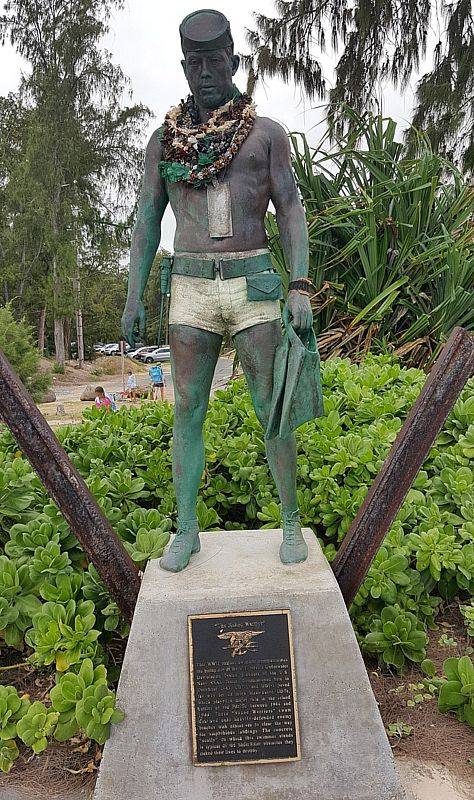
Monument to a UDT soldier at Bellows Air Force Base, photo: wikimedia.org
The task of the UDT units was to reconnoitre the landing sites. The swimmers were supposed to quietly, without attracting the attention of the enemy, reach the beaches, conducting reconnaissance and drawing up a map of the depths in the landing area. Immediately before the attack, they had to clear the detected enemy minefields, if any, or blow them up, as well as any obstacles interfering with the landing.
In five weeks, two UDT teams were trained, which in January 1944 took part in the landing on the island of Kwajalein.
Thus began the American offensive against the Marshall Islands. The reconnaissance of the area was successful, during a 45-minute swim near the reefs, the team's fighters were able to measure the depths, clarify the location of the coral reefs and identify some enemy firing points, which were then mapped.
By the end of the war, 21 teams of diving demolition were formed.
They took part in organizing the landings of all landings in the Pacific Ocean since the beginning of 1944. The most ambitious operation with their participation was the battle for Okinawa, in which 8 UDT teams with a total of almost 1 people were used.
This operation had its own specifics.
All previous operations were carried out by swimmers in warm tropical waters, while the water around Okinawa was cool enough to exclude the possibility of long dives. In the absence of thermal protective suits, the fighters of such units required not so much courage as endurance to the cold.
Especially to practice a possible invasion of Japan, a training center for training swimmers in cold water was formed as part of the UDT. At the same time, the requirements for the physical condition of the fighters were changed. For example, 9% of the composition was expelled from the composition of UDT No. 70, as they did not meet the new training requirements.
Landing in Normandy
For operations in Europe during the Normandy landings, Naval Combat Demolition Units (NCDU) were used. 34 NCDU teams were involved in Operation Overlord. They had to clear 16 passages to the beaches, destroying numerous obstacles with explosive charges: hedgehogs, gouges and massive metal structures called the "Belgian gates".
The teams were to start working at low tide, clearing 15-meter-wide passages for the landing craft to approach the shore. Unfortunately for the Americans, naval artillery fire and strikes aviation did not suppress the German defenses on the coast, so the NCDU fighters had to engage in engineering clearing of the passages under enemy artillery and machine-gun fire.
Additional difficulties were created by the tide, since it was not possible to cope with the work in the low tide phase in all areas. In addition, directly during the landing, American soldiers used numerous German engineering obstacles on the shore as shelters from fire, preventing the NCDU demolitionists from working.
By the evening of D-Day, demolition teams from the NCDU teams were able to open 13 of the 16 planned holes in the engineering barriers ashore. At the same time, the units suffered serious losses. On the beach in the Omaha sector, 52% of the demolition men who landed on the beach dropped out, of the 175 people, 31 were killed and 60 were injured.
Following the completion of the Normandy landings, Admiral Turner requisitioned nearly all of the surviving NCDU fighters, redirecting them to the Pacific, where they became part of the formed UDT teams.
After the war, UDT units were seriously downsized, but not eliminated.
The process of improving their preparation and the search for new use cases continued. At the same time, the fighters of the units received equipment for scuba diving at their disposal, which significantly expanded the options for their use.
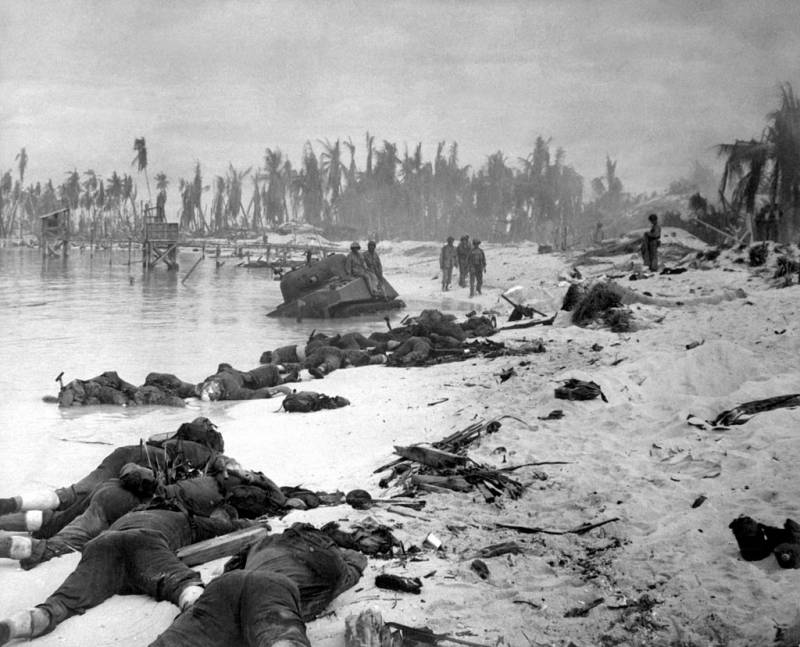
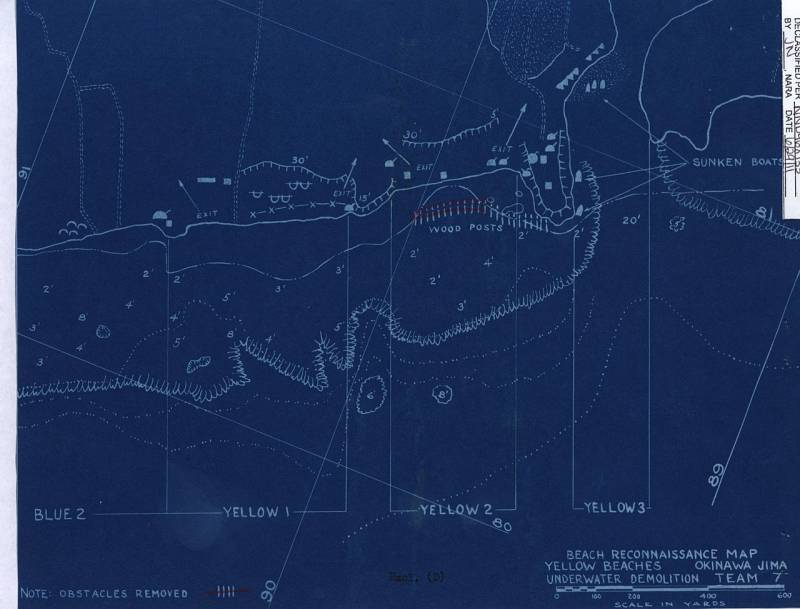

Information